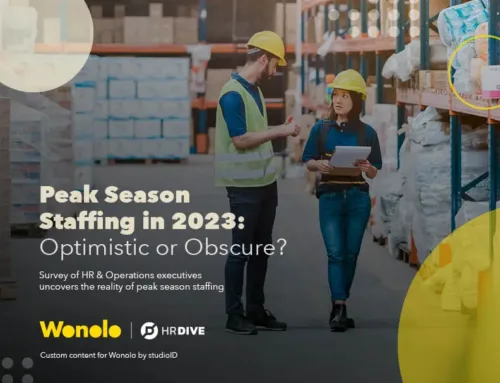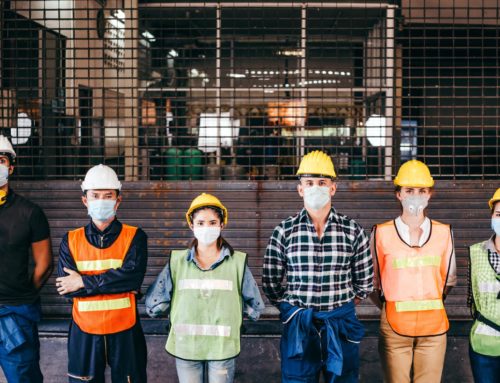Wonolo
Lyft. Postmates. Rinse. We just can’t seem to live without these on-demand apps that are making our lives easier. But for services like these to take off so quickly, there not only needs to be a steady supply of demand from consumers, but also a steady stream of workers to fuel this rapidly evolving on-demand economy.
It should come as no surprise then that the on-demand workforce is growing at a fast rate – and the dynamic of the labor market as a whole is undergoing a major change. In fact, a study by Intuit predicts that by 2020, on-demand workers will comprise 11% of independent contractors in the U.S. This increase points to a greater trend: Many workers are leaving corporate jobs to become independent workers or will supplement existing corporate jobs with other independent jobs in this new, booming labor environment.
The ability of on-demand workers to, in a way, be their own bosses, has caused the popularity of the typical 9-5 corporate job to decline. The profile of the everyday worker as we know it is changing, and fast: 4% of adults earned income from the on-demand economy through on-demand specialty services like Uber or on-demand staffing platforms like Wonolo. (To put that in perspective, that’s about as many adults that worked in the construction industry.)
So, we have all this information on how the on-demand economy is growing and gaining more workers, but, still, many are left pondering a very critical question: Who exactly are these people working in the on-demand economy? Click here to get the Future of Work Infographic today!
Here’s what we found through our own surveys of our Wonoloers in different metro areas (New York, Los Angeles, and San Francisco, to be exact) and a deeper dive on Intuit’s landmark study of workers in the on-demand market as a whole by comparing it to data from Intuit’s survey of Wonoloers only.


![[Report] Beyond the Gig: Exploring Reliable Work Options for the Modern Workforce](https://info.wonolo.com/wp-content/uploads/2023/10/Worker-Preferences-Report-Header-Image-500x383.png)



